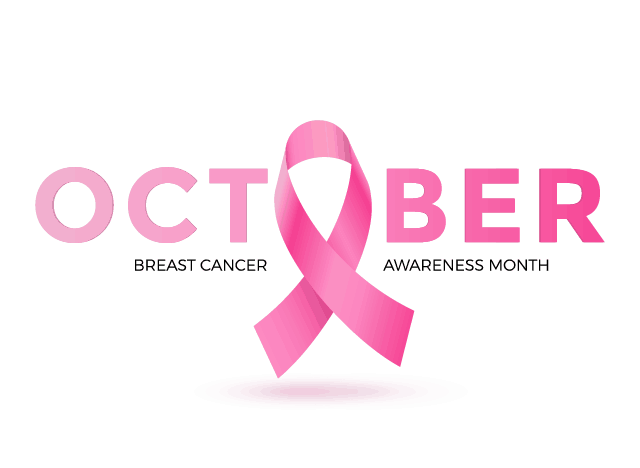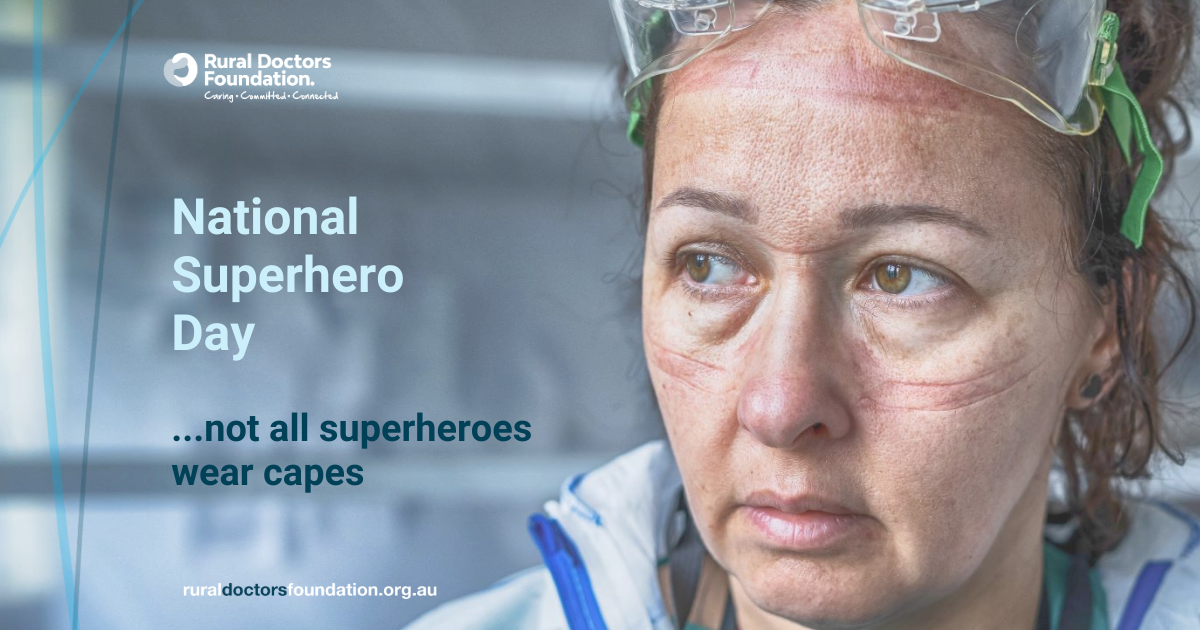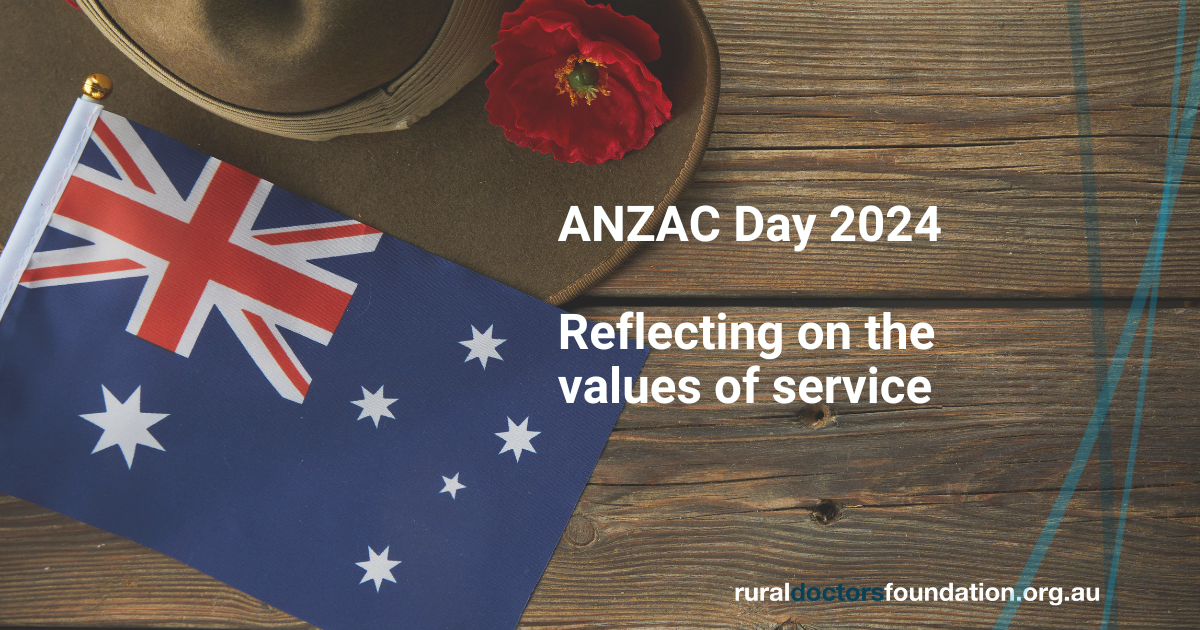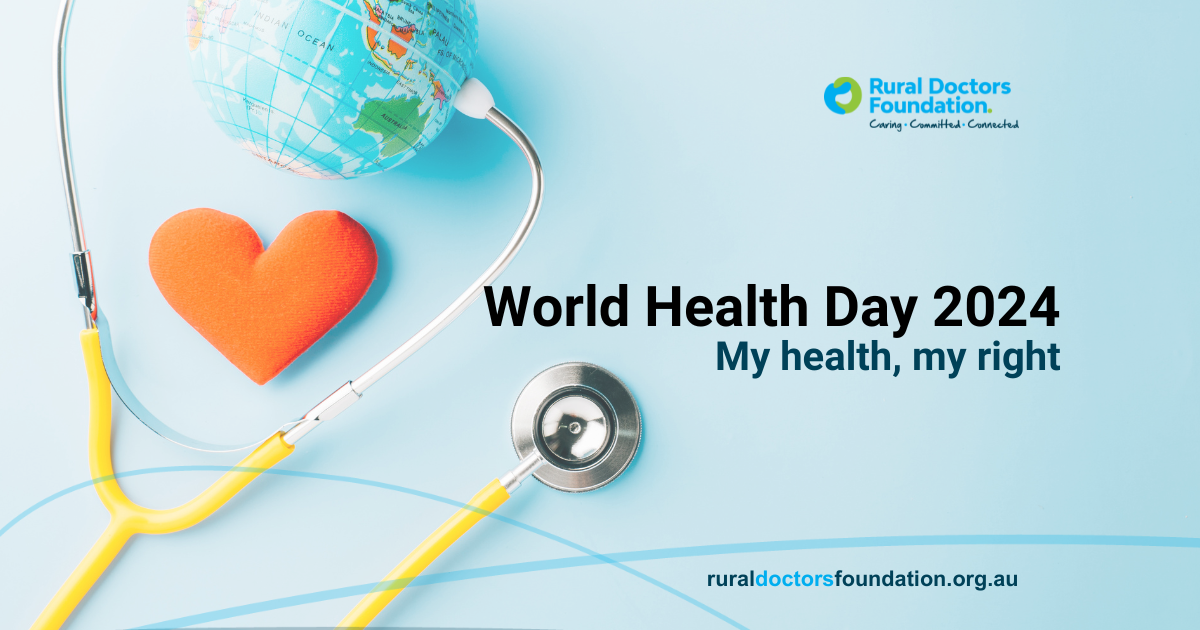Over 20,000 Australians will be diagnosed with breast cancer this year. That equates to 57 Australians every day.
Sadly, over 3,200 Australians will lose their lives to breast cancer this year.
And the surprising thing is that breast cancer can be detected in men too. 1 in 600 men are diagnosed with breast cancer each year in Australia. Although less common, it is often more aggressive in men. Last year over 30 Australian men lost their lives to breast cancer. If you detect a lump, seek help early.
Anyone can get breast cancer. Men and women. Young and old. Breast cancer does not discriminate.
Early detection is vital
The good news is that early detection significantly increases the chance of surviving the disease. The five-year survival rate is 92%. This has increased from 76% since 1994. This is due to increased awareness and research into the disease. Conducting your own breast examination is vital for early detection. Your rural GP can show you how by checking your breasts regularly each month, you may save your life.
For rural communities who face a greater challenge in accessing their rural GP, it is important to be aware of any changes in your breast and make it a priority to see your GP.
So, what is breast cancer?
Breast cancer develops when cells within the breast grow abnormally and multiply to form a tumour.
What are the symptoms of breast cancer?
Symptoms may include:
- A lump or thickening in the breast, especially if it is only in one breast
- Changes to the shape or size of the breast
- Changes to the shape of the nipple, such as crusting, sores or ulcers, redness or inversion (a nipple that turns in when it used to point out).
- Changes to the skin of the breast, such as dimpling (sometimes looking like an orange peel), a rash, scaly appearance, unusual redness or other colour changes
- Fluid leaking or discharge from the nipple that occurs without squeezing
- Persistent, unusual pain that doesn’t go away
- Swelling or discomfort in the armpit
Detecting breast cancer
Most breast changes are not caused by cancer, However, if you have noticed any symptoms or changes in your breasts, it is important that you see your doctor without delay so that the changes can be checked.
To detect breast cancer early, rural GPs recommend that all women between 50-74 years attend regular screening mammograms every two years. If you have a strong family history or are at higher risk of breast cancer discuss this with your doctor. Hormone inducing medicines such as the oral contraceptive pill, although not a cause of breast cancer, can hasten cancer growth.
Your rural GP can assess and manage your breast cancer risk and advise of any additional precautions or screening you may require. They can also provide any support you need.






